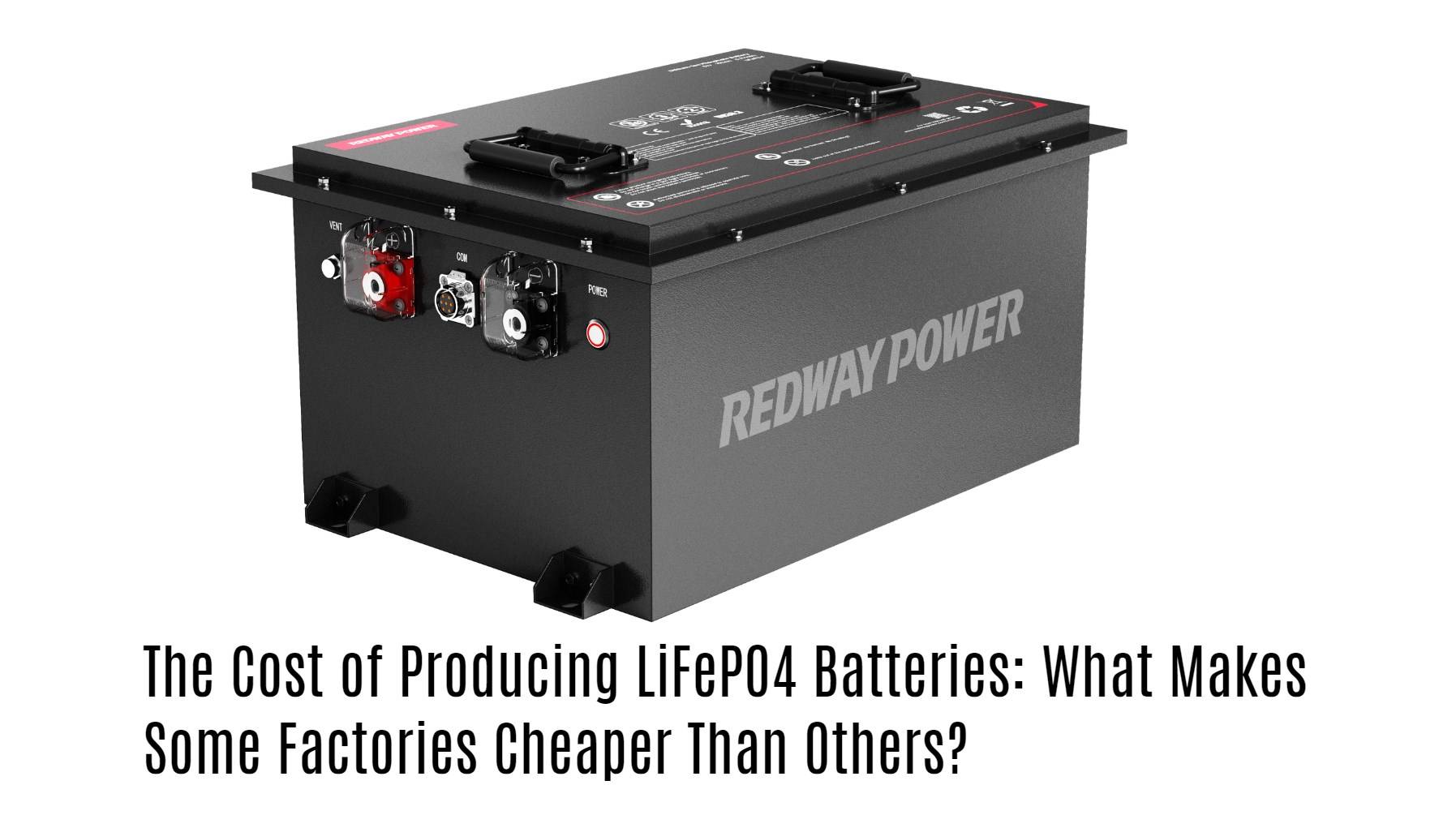In recent years, LiFePO4 batteries have gained prominence due to their safety, longevity, and environmental benefits. However, a significant disparity exists in the production costs among different manufacturers. Understanding the factors that contribute to these cost differences is essential for industry stakeholders and consumers alike.
Raw Material Sourcing and Quality
One of the primary determinants of production cost is the sourcing and quality of raw materials. High-purity lithium iron phosphate (LiFePO4) and other essential components like electrolytes, separators, and conductive agents significantly impact the final cost.
Quality vs. Cost
Factories that opt for premium-grade raw materials incur higher expenses. These materials ensure better battery performance, longer life cycles, and higher safety standards. Conversely, manufacturers sourcing lower-grade materials can reduce costs but may compromise on battery efficiency and reliability.
Geographical Advantages
Geographical location plays a crucial role in material costs. Factories situated near raw material sources benefit from reduced transportation costs and shorter supply chains, translating into lower overall production costs. Regions with abundant lithium reserves or access to advanced material processing technologies often have a competitive edge.
Production Technology and Scale
Advanced Manufacturing Techniques
Factories employing state-of-the-art manufacturing techniques can produce LiFePO4 batteries more efficiently. Automation, precision machinery, and innovative processes like roll-to-roll coating and dry electrode technology enhance production speed and reduce waste. These technologies, while requiring substantial initial investments, lower long-term operational costs.
Economies of Scale
Large-scale production facilities benefit from economies of scale. By producing batteries in vast quantities, these factories can dilute their fixed costs over more units, reducing the cost per battery. Smaller factories, lacking this scale, often face higher per-unit costs.
Labor Costs and Workforce Efficiency
Labor Cost Variations
Labor costs vary significantly across different regions. Countries with lower labor costs can produce batteries more cheaply. However, this is often balanced by the level of workforce efficiency and expertise. Highly skilled workers, although more expensive, can enhance production quality and reduce error rates.
Workforce Training and Development
Investing in workforce training and development can improve production efficiency and product quality. Factories that prioritize continuous training programs for their employees often see a direct impact on their operational costs and battery quality.
Energy Consumption and Environmental Regulations
Energy Efficiency
The energy-intensive nature of battery production makes energy costs a significant factor. Factories that invest in energy-efficient technologies and renewable energy sources can significantly cut down on production costs. Solar panels, wind energy, and advanced energy management systems are some of the measures that can be employed.
Regulatory Compliance and Environmental Impact
Adherence to environmental regulations can influence production costs. Factories in regions with stringent environmental laws might incur higher costs due to the need for advanced pollution control measures and sustainable practices. However, these practices often lead to long-term savings and positive brand reputation.
Supply Chain Management
Supplier Relationships
Strong, long-term relationships with reliable suppliers can lead to better prices and stable supply chains. Factories that maintain strategic partnerships with their suppliers often benefit from preferential pricing, bulk discounts, and priority delivery, all of which contribute to lower production costs.
Inventory Management
Effective inventory management is crucial in minimizing production costs. Just-in-time (JIT) inventory systems, where materials are ordered and received only as needed, reduce storage costs and minimize waste. Factories that excel in inventory management can maintain lower operational costs and improve their production efficiency.
Innovation and R&D Investment
Continuous Improvement
Investment in research and development (R&D) is vital for innovation in battery production. Factories that continually invest in R&D can develop new manufacturing processes, enhance battery performance, and reduce production costs. Innovations such as improved battery chemistries, faster charging capabilities, and increased energy densities can provide a competitive edge.
Cost-Benefit Analysis of Innovations
While R&D investments can be substantial, the long-term benefits often outweigh the costs. Factories that successfully implement new technologies and processes can achieve significant cost reductions and market differentiation, leading to higher profitability.
Government Policies and Incentives
Subsidies and Grants
Government policies and incentives play a critical role in production costs. Subsidies, tax breaks, and grants for green technologies and renewable energy projects can significantly lower the operational costs of battery factories. Countries that provide robust support for clean energy technologies often see more competitive battery production industries.
Tariffs and Trade Policies
Tariffs and trade policies also impact production costs. Factories that face high import tariffs on raw materials or export duties on finished products may incur higher costs. Conversely, favorable trade agreements and policies can enhance cost efficiency and global competitiveness.
Conclusion
The cost of producing LiFePO4 batteries is influenced by a multitude of factors, ranging from raw material sourcing and production technology to labor costs and government policies. Factories that strategically manage these elements can achieve lower production costs while maintaining high-quality standards. As the demand for LiFePO4 batteries continues to rise, understanding these cost determinants will be crucial for manufacturers aiming to remain competitive in the market.



